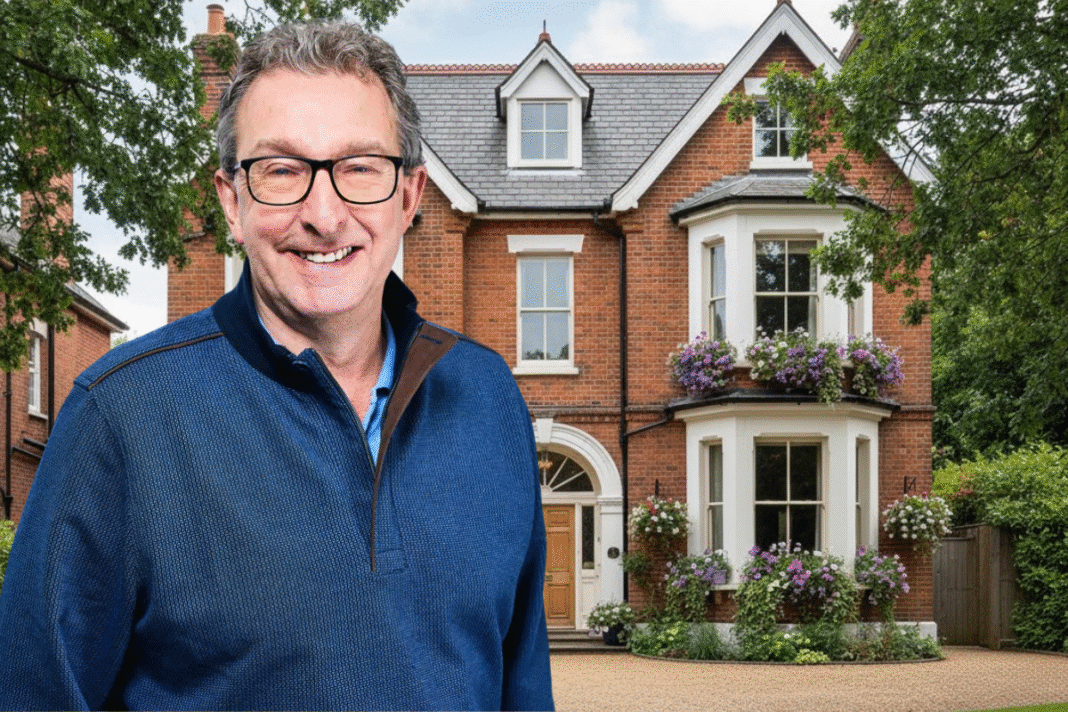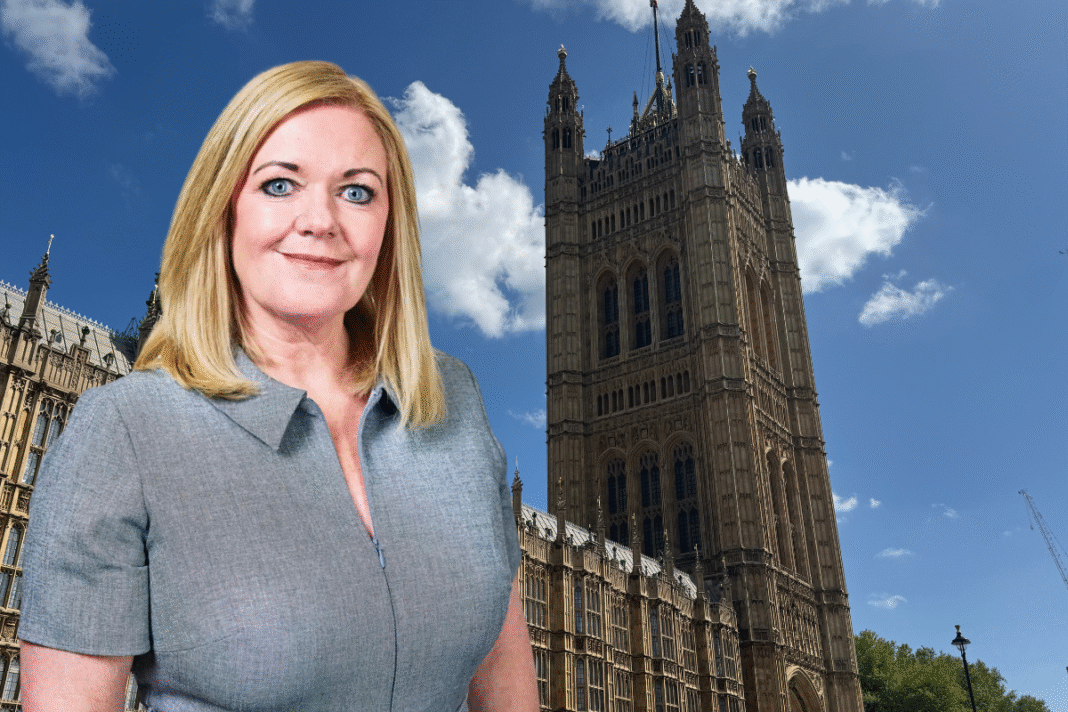New research from Foxtons has revealed that some of London’s most notoriously haunted neighbourhoods command significant property premiums with average house prices 48% higher than the wider capital’s average.
The analysis by London’s largest estate agency examined 14 postcodes linked to historical tales of hauntings, from the Tower of London to Westminster’s Langham Hotel, comparing average sale prices in each area to their surrounding boroughs.
Across these so-called “haunted housing hotspots”, the average property value stands at £924,005 – well above the wider London average of £565,567, according to Foxtons’ data.
The EC3 postcode surrounding the Tower of London topped the list, with homes fetching an average of £1.1 million – a 77.5% premium on the Tower Hamlets borough average.
DARK CHAPTERS
The area’s heritage and riverside setting continue to attract affluent buyers, despite its association with some of British history’s darker chapters.
Westminster’s W1 postcode, home to the Langham Hotel and 50 Berkeley Square – both reputed to host their own restless spirits – ranked second, with average house prices reaching £1.99 million.
This represents a 73.6% uplift on the borough’s average and underlines the continued appeal of central London’s luxury market, where historical provenance and prestige tend to outweigh superstition.
At the opposite end of the spectrum, the N17 postcode in Haringey, which includes Bruce Castle, offers the most affordable entry point among London’s allegedly haunted districts.
With an average house price of £405,472 – 45.2% below the borough average – the area provides scope for value-conscious buyers willing to overlook its ghostly reputation.
SPIRITED APPROACH
Jamie Salisbury (main picture, inset), Sales Director for City & East at Foxtons, says: “London’s deep and varied history means that tales of hauntings are part of the city’s character.
“What’s interesting is that these so-called haunted areas often overlap with some of the capital’s most sought-after postcodes. Buyers appear undeterred by local folklore – if anything, the heritage, mystery and architectural legacy of these neighbourhoods add to their allure.”
He adds that the research highlights the enduring strength of demand across historic parts of London, regardless of seasonal novelty.
“From the grandeur of the Tower of London to the elegance of Westminster’s Georgian squares, these areas remain highly desirable – proof that London’s property market retains plenty of spirit, in every sense.”











